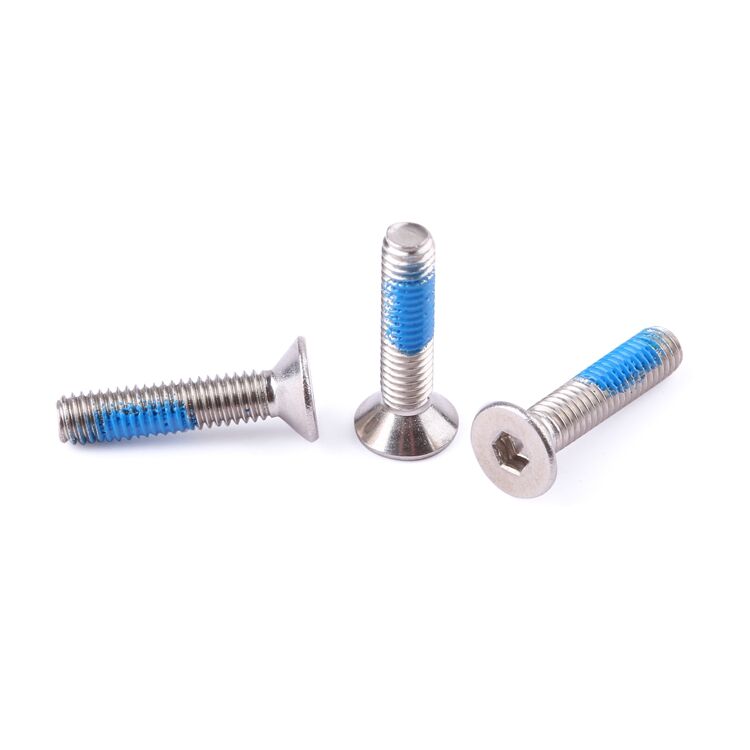Намеряваме толкова много неща, които сме изградили с употребата на винтове и гайки. Те ви позволяват да станете добри в проектирането на конструкции като мостове, кули или дори мястото, където живеете. Гайките и винтовете са малки, но много силни, защото държат големи неща! В този ръководител ще разгледаме всичко за гайки и винтове. Ще научите как да ги завивате, как да ги стегнете, как да ги ослабите, както и друга критична информация, която ще помогне да гарантирате, че вашият строеж е силен, безопасен и сигурен.
Има тонове различни гайки и винтове в различни форми, размери и материали. Те се използват за свързване на различните части на конструкцията. Гайката е парче метал с дупка по средата. Тази дупка позволява винта да минава през нея. Винтовете са дълги и тънки парчета метал, проектирани с борови или нишки по дължината си. Когато винтът се завива в гайката, тези нишки помагат да се задържи стегнат. Използваме ключ, за да се уверим, че винтът е достатъчно стегнат.
Гайките и винтовете се правят от различни материали, включително, но не само, от стоман, неръжаваща стоман, мед и дори пластмаса. Изборът на материал е изключително важен и зависи от това какво строите и къде ще се използва. Например, поради това че гайките и винтовете от неръжаваща стоман не се кородират, те се използват главно там, където има много влажност, като край водата. Те остават постоянно силни и не загубват своята ефективност дори да се намръсне.
Това е изключително критичен аспект, когато разработвате нещо, трябва да сте напълно сигурни за стабилността на интерфейсите. Изборът на подходящ размер и вид гайка и винт за проекта ви е основен. Използването на гайка и винт, които са прекалено малки или са направени от грешния материал, може да окаже фатално последствие. Структурата на това, което създавате, няма да удръжда и може дори да се обруши.

Ако стискате връв или болт, използвайте ключа за плоските страни на връва и болта. Трябва да го държите силно с двете си ръце, за да го уловите добре. За да стиснете връва или болта, завийте ключа надясно (това е „по часовниковата стрелка“). За да го ослабите, завийте ключа наляво (нарича се против часовая). Всичко пак, малко масло или смазка върху винтовете от време на време може също да помогне; това ще направи по-лесно завиването на връва и болта заедно.

Има много различни видове винти и болтове, и бихте искали да научите кой вид да използвате за вашия проект. Примери за това са хекс винти, каретжни винти, флангови винти и машинни винти. Хекс винтите имат шест страни и се предлагат в различни дължини и широчини. Каретжните винти имат плосъчен главен отгоре с квадратна основа, която позволява винта да остане на място. Изключително полезни, те разполагат с вграден прегръдник, който разпределя на равенство натиск. Машинните винти имат кръгъл или плосък главен и се използват за задръждане на по-малки компоненти заедно.

Кой вид винт и болт ще използвате зависи от това какво строите, от кои материали са и от вида на силите, които конструкцията ще срещне. Е важно да потърсите съвет от специалист и/или да прочетете инструкциите на производителя преди да изберете правилните винти и болтове за вашия конкретен проект. Това може да ви помогне да не направите грешки и да потвърдите, че конструкцията, която строите, е безопасна и надеждна.


